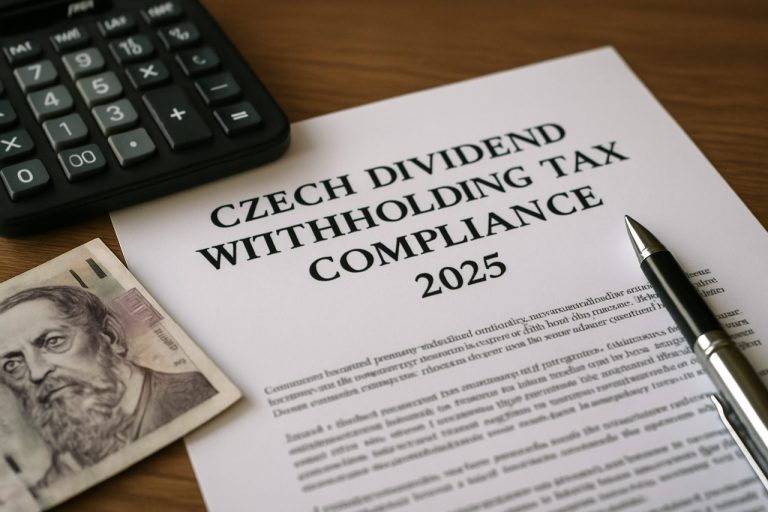
- The Netherlands exemplifies governance through its robust and precise anti-corruption laws.
- The Dutch Penal Code, particularly Title XXVIII, addresses “crimes against public authority” with stringent legal frameworks.
- The dedication to transparency and accountability sustains low corruption rates and high global transparency rankings.
- Key institutions like the Dutch National Police and the Prosecution Service enforce laws meticulously, ensuring visibility and justice.
- Inspired by global events, the Netherlands imposes strict ethical codes on multinationals, emphasizing integrity as essential.
- The system operates seamlessly, with investigators, prosecutors, and judges committed to fairness and equity.
- The Netherlands proactively adapts to emerging threats like cyber-corruption, safeguarding public interests.
- Public scrutiny and active citizen participation cultivate a transparency-driven culture, leaving little sanctuary for corruption.
- The Dutch approach underscores that true progress in fighting corruption is rooted in relentless pursuit of accountability.
Emerging from the shadowy exchanges and clandestine pacts that often tarnish governance, the Netherlands stands as a sentinel of integrity, wielding its corruption laws with purpose and precision. Imagine a landscape where transparency morphs into both shield and sword, carving paths toward accountability. The Dutch legal frameworks, fortified over decades, illustrate this dynamic beautifully.
At the heart of this commitment lies the Dutch Penal Code, underpinned by poignant articles such as those found in Title XXVIII, focused especially on “crimes against public authority”. These laws are no mere parchment promises; they embody the nation’s unwavering resolve to unmask the unseen and dismantle the unsanctioned.
Guided by a stringent set of principles, the laws navigate the complexities of corruption with unerring clarity. Whether confronting bribery of public officials or scrutinizing corporate misdemeanors, the structure is both robust and adaptable. Despite the Netherlands’ commendably low corruption rates—ranked notably high in global transparency indices—its vigilance is unyielding.
Enforcement dovetails seamlessly with legislation through institutions like the Dutch National Police and the Prosecution Service. They investigate and pursue cases with meticulous care. There’s no impunity in this landscape—each case pierces the fog, reinforcing a culture where justice is not just served but seen to be done.
The Enron scandal of the early 2000s sparked global regulatory change, but it also prompted the Netherlands to sharpen its tools against corruption within corporate giants. Dutch multinationals now operate under stringent ethical codes, with compliance officers ensuring fidelity to the law. Such measures demonstrate that integrity is not just an expectation—it’s a necessity.
Striking imagery paints the Dutch legal system as an intricate watch, gears turning in concert as investigators, prosecutors, and judges synchronize their efforts. They work tirelessly—not merely as enforcers—but as custodians of an ethos that celebrates fairness and equity above all.
Yet no system is infallible. As new challenges, such as cyber-corruption, emerge on the digital horizon, Dutch regulators anticipate and adapt with foresight. They draft policies that strike at the heart of these evolving threats, ensuring the safeguarding of public interest.
The real triumph of the Dutch anti-corruption stance, however, lies in its culture of transparency. Public procurement processes unfold under the keen gaze of oversight bodies; the media and citizen watchdogs participate actively, fostering an environment where corruption finds little refuge.
As the write of this narrative, I hope you see beneath the surface of structures, into the soul of a nation reaffirmed by its values. The Dutch fight against corruption is not just law mutated into action; it’s a testament to the enduring belief that with vigilance and resolve, integrity will always prevail.
The takeaway? Let the Dutch resolve inspire: in the battle against corruption, the true measure of progress lies not in the absence of wrongdoing—but in the relentless pursuit of accountability.
The Dutch Model: A Blueprint for Global Anti-Corruption Efforts
Introduction: Unveiling the Dutch Anti-Corruption Landscape
The Netherlands presents a fascinating case study in the fight against corruption, anchored by laws and practices that ensure transparency and accountability at every level. While the original article paints a vivid picture of the Dutch anti-corruption framework, there are additional insights and facts that deepen our understanding of this exemplary system.
Understanding the Dutch Penal Code and Enforcement
The Dutch Penal Code’s focus on “crimes against public authority” is part of a broader strategy that includes severe penalties for bribery, fraud, and other corruption-related offenses. Title XXVIII of the code, alongside Dutch administrative laws, provides clear guidelines for both prevention and punishment.
1. Legislation and Institutions: Central to combating corruption are the robust institutions like the Dutch National Police and the Prosecution Service, which maintain integrity in public office and corporate entities. These bodies are supported by the National Integrity Bureau, which promotes ethical behavior and investigates misconduct.
2. Global Comparisons: The Netherlands consistently ranks in the top 20 of Transparency International’s Corruption Perceptions Index, showcasing the effectiveness of its anti-corruption measures. In contrast, neighboring countries often struggle with higher corruption levels, underscoring the Dutch model’s success.
How the Dutch System Stays Resilient Against Emerging Threats
1. Adapting to Cyber-Corruption: As cyber threats grow, the Netherlands is proactive in revising its legal frameworks to address digital corruption. The Dutch Digital Crimes Act is an example, providing tools to tackle illicit cyber activities.
2. Public-Private Partnerships: The government collaborates with private sector stakeholders to promote transparency. Initiatives like the “Stichting Beroepseer” focus on fostering a culture of public accountability and ethical business practices.
Market Forecasts and Industry Trends
– Compliance and Innovation: Dutch multinationals are at the forefront of adopting advanced compliance technologies, such as AI-driven monitoring systems, to preemptively detect and deter fraudulent activities.
– International Influence: The Dutch model is being studied and adopted by several countries looking to refine their own anti-corruption strategies, indicating its global influence on governance practices.
Challenges and Limitations
– Balancing Privacy and Transparency: Navigating the fine line between individual privacy and public accountability remains a challenge as stringent monitoring can sometimes infringe on personal rights.
– Cultural and Historical Context: The success of Dutch anti-corruption measures is also deeply tied to cultural norms valuing honesty and transparency, which may not be as pronounced in other nations.
Actionable Recommendations
1. For Governments: Implement a clear set of ethical guidelines and ensure that they are enforced consistently with transparency-focused regulatory frameworks.
2. For Corporates: Prioritize establishing strong compliance departments and invest in digital tools for continuous oversight.
3. For Individuals: Stay informed about your rights and responsibilities, and actively participate in civic duties like reportable misconduct.
Conclusion: Lessons from the Dutch Experience
The Dutch approach to combating corruption serves as a strong reminder that vigilance and accountability are pivotal in ensuring ethical governance. By understanding the structure and function of their anti-corruption mechanisms, other nations can derive valuable insights and potentially enhance their strategies.
For more information, explore the broader context of governance standards and international transparency efforts on Transparency International and learn about digital crime legislation at GDPR Europe.



